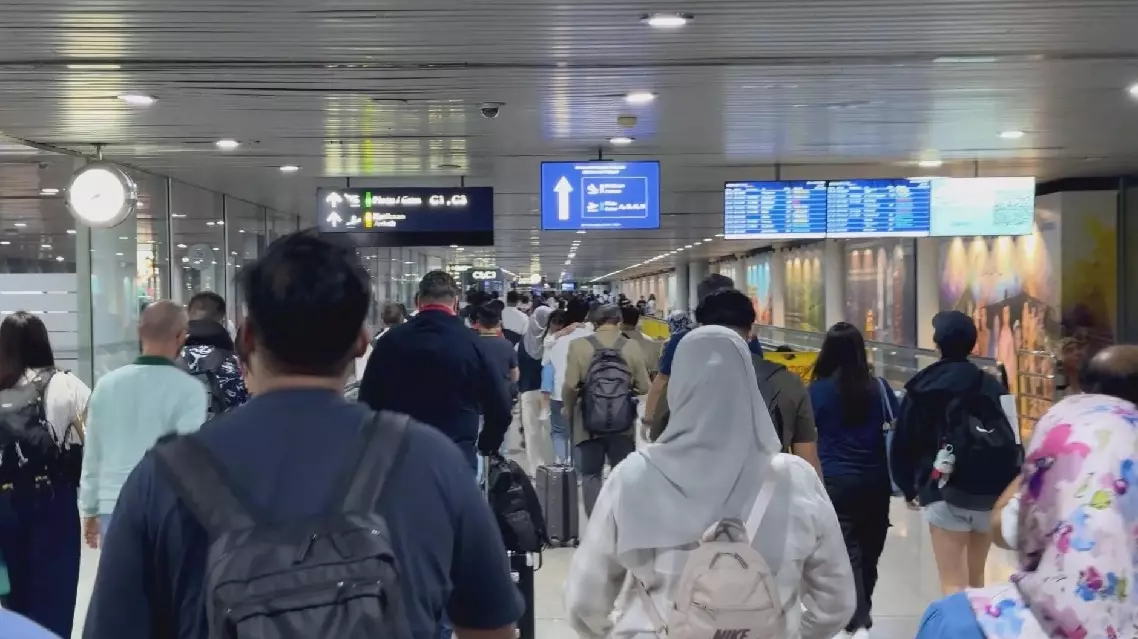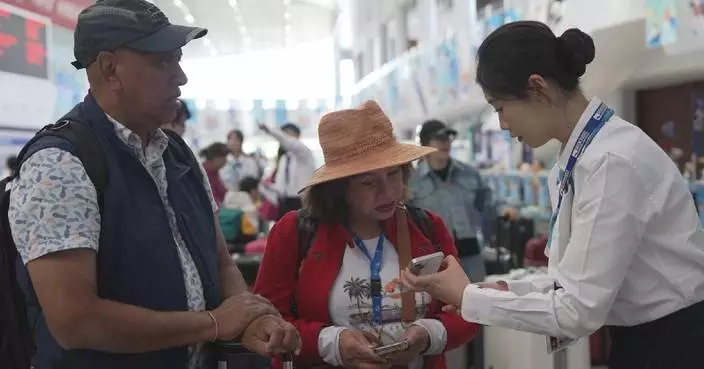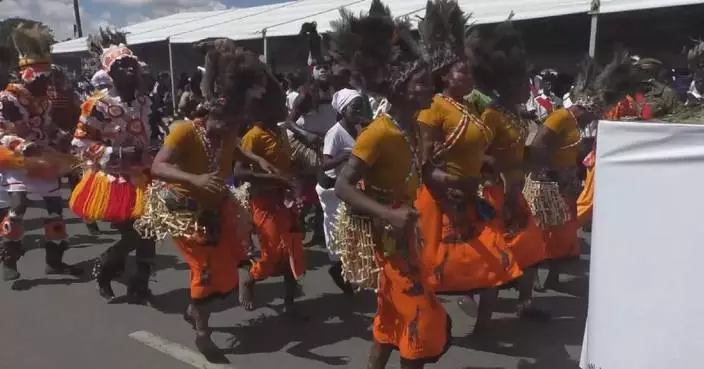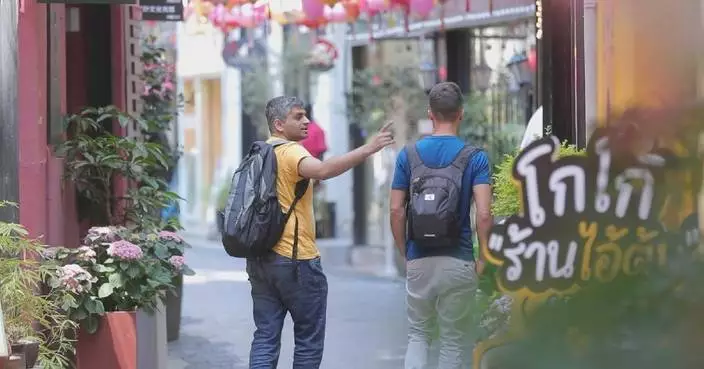Enhancing cultural heritage preservation and launching innovative tourism projects have breathed new vitality into once isolated and quiet villages in northwest China's Ningxia Hui Autonomous Region, transforming them into hot tourist destinations.
In the village of Hongya in Longde County, there is a renowned old street covered by bluestone pavement and lined on the two sides with stone houses whose crevices are filled with yellow mud. The traditional architectural style of the Liupan Mountains area where the village is located has been well preserved through years of renovation efforts by local authorities.
In 2010, Longde County launched a restoration project to protect the residential houses along the old street, turning these buildings into unique culture-themed guesthouses. In 2016, the second phase of the project began, eventually transforming this village into a famous scenic spot.
To attract more visitors, the village has also stepped up efforts to preserve ancient traditions, such as paper-cutting and the Qinqiang Opera, a folk opera genre popular in northwest China. Just a few kilometers away, Xinhe Village has actively embraced innovative tourism programs, including building camping sites for recreational vehicles (RVs).
"After I arrived here, I offered some suggestions to the local village on how to develop the RV camp. In return, they appointed me as an honorary villager, which I'm deeply honored by. I truly feel like I've become a part of this community," said Chen Haiyong, a RV owner.
In the past, tourists were mainly attracted to the village by the Shehuo show, a traditional folk celebration combining multiple forms of art performances, including dragon or lion dance, traditional Chinese opera, and drum playing. Now, RV drivers flock here to seek a respite from fast-paced urban life and admire the picturesque scenery.
Local authorities have also improved infrastructure facilities, such as electricity and water supply, and enhanced publicity efforts to boost the village's fame as an ideal RV camping destination.
Amid these efforts, many new job opportunities have been created for local villagers, increasing their income and contributing to rural revitalization.
"We encouraged the farmers to invest in the village's tourism company because developing green industries and rural tourism is our path to prosperity. Although it takes time and patience for tourism investments to pay off, I explained to the villagers that the benefits might not be fully realized by our generation, but could greatly benefit the generations to come," said Zhao Xiaolong, a village official.

Cultural heritage preservation transforms ancient villages into tourist hotspots




















































